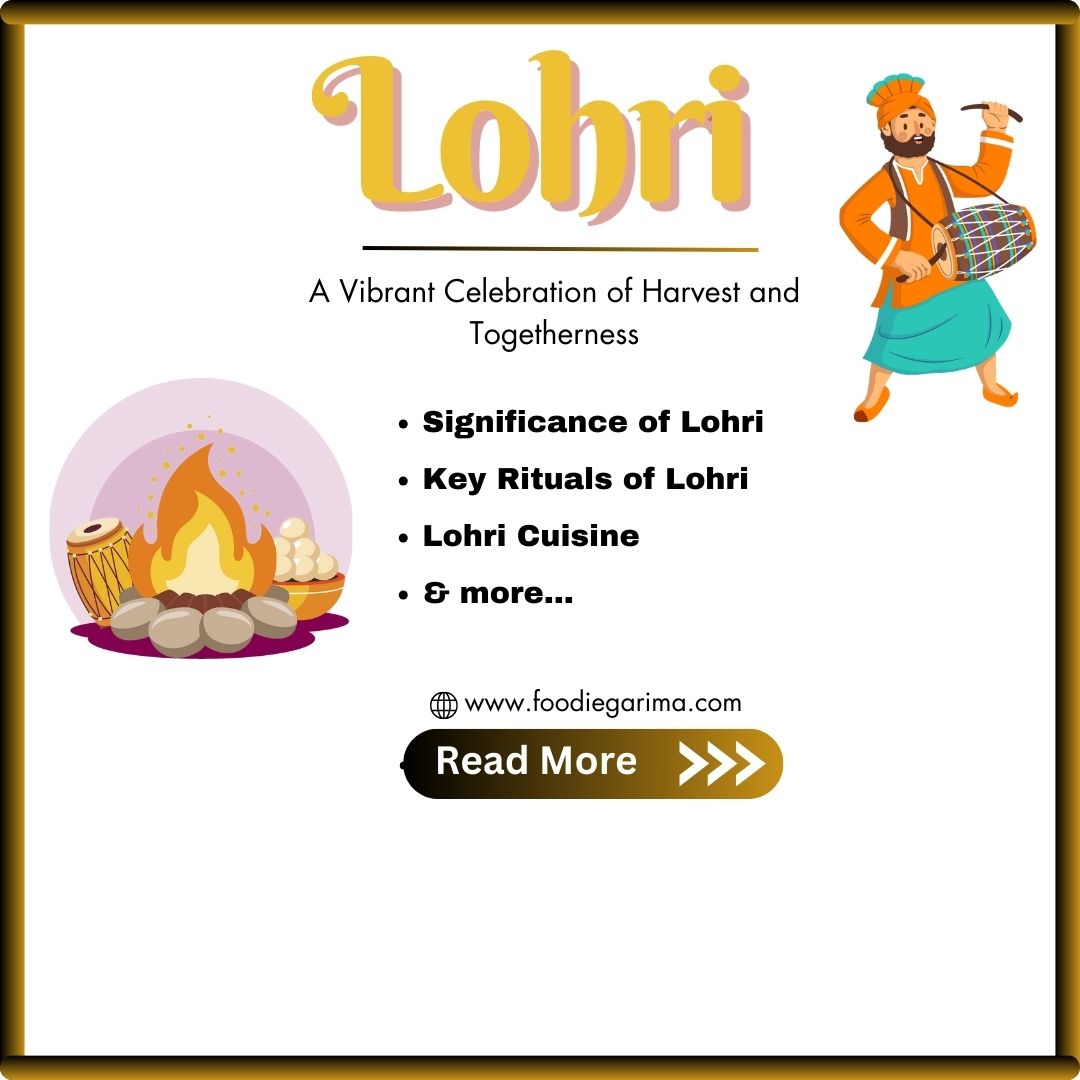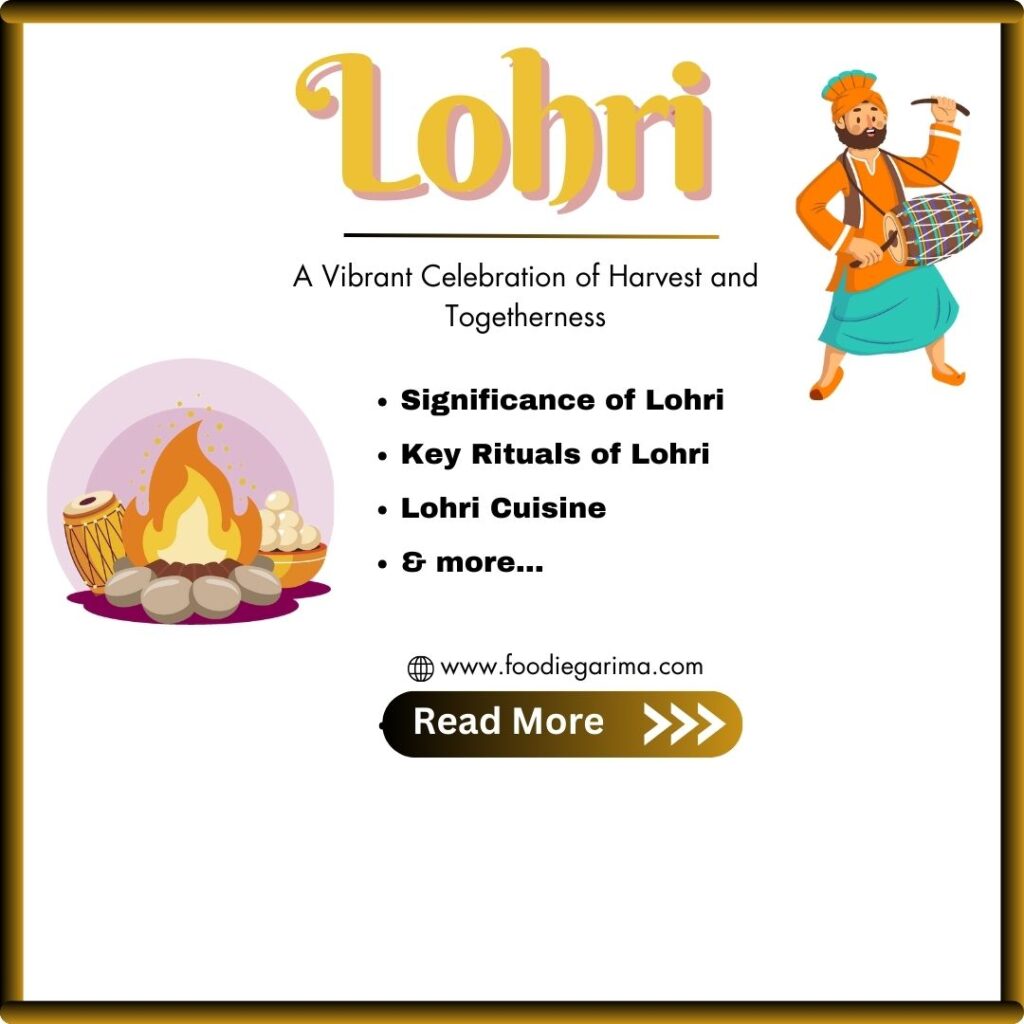9 January, 2025
Lohri: A Vibrant Celebration of Harvest and Togetherness

Lohri: A Vibrant Celebration of Harvest and Togetherness
Lohri is one of the most cherished festivals in North India, celebrated with unparalleled enthusiasm and warmth, especially in Punjab and Haryana. Marking the end of winter and the onset of harvest season, Lohri is not just a festival; it’s a celebration of life, gratitude, and community. Let’s explore what Lohri is all about and the traditions that make it so special.
The Significance of Lohri
Lohri is traditionally associated with the harvest of Rabi crops, particularly Sugarcane and Wheat. Celebrated on January 13th every year, it coincides with the winter solstice, symbolizing the lengthening of days and the arrival of warmer weather. For agrarian communities, Lohri is a way of expressing gratitude to nature for a bountiful harvest and seeking blessings for prosperity in the coming year.
Key Rituals of Lohri
1. Bonfire Celebration
The bonfire is the heart of Lohri festivities. Families and friends gather around the fire, singing traditional folk songs and performing dances like bhangra and gidda. Offerings of Sesame Seeds (Til), Jaggery (Gur), Popcorn, and Puffed Rice are tossed into the fire as a symbol of gratitude to the Sun God and other natural elements.
2. Traditional Songs and Dances
Lohri is incomplete without music and dance. The rhythmic beats of the dhol set the stage for energetic bhangra performances, while folk songs narrate tales of valor, love, and prosperity. One of the most popular songs revolves around Dulla Bhatti, a legendary figure who is celebrated for his acts of kindness and bravery.
3. Exchanging Sweets and Gifts
Families exchange sweets like Gajak, Rewari, and Til Laddoos as tokens of goodwill and love. Newlyweds and newborns are often at the center of celebrations, with special gifts and blessings showered upon them.
Lohri Cuisine: A Culinary Delight
Food plays a central role in Lohri celebrations, with dishes that reflect the essence of the season and the harvest. Traditional dishes include:
- Makki di Roti and Sarson da Saag: A hearty meal made with cornflour bread and mustard greens, topped with homemade butter.
- Til and Gur Sweets: These include Gajak, Rewari, and Til laddoos, which are not only delicious but also provide warmth and energy in the winter chill.
- Pinni: A rich and nutritious dessert made with Wheat Flour, Jaggery, and Ghee.
- Popcorn and Peanuts: Served as snacks and also used as offerings during the bonfire rituals.
The Cultural Importance of Lohri
Lohri is more than just a harvest festival; it’s a celebration of togetherness and cultural heritage. The festival unites people from all walks of life, fostering a sense of community and shared joy. It’s also a time to reflect on the blessings of the past year and look forward to new beginnings.
Modern-Day Celebrations
While the core traditions of Lohri remain intact, modern celebrations often blend the old with the new. Urban communities organize cultural events, and innovative recipes give a contemporary twist to traditional dishes. Social media has also amplified the reach of Lohri, with people sharing their festive moments and spreading the spirit of joy.
Lohri is a festival that brings warmth to the coldest month of the year. It’s a time to celebrate nature, cherish loved ones, and revel in the richness of Punjabi culture. Whether you’re lighting a bonfire in a village or enjoying til laddoos in the city, Lohri is a reminder of the enduring bond between humanity and the earth. Embrace the spirit of Lohri and let its joyous flames light up your life!
